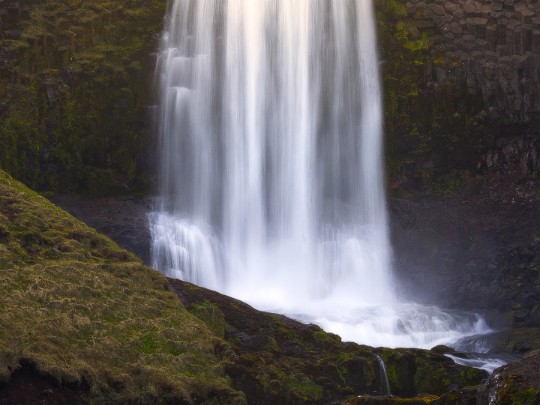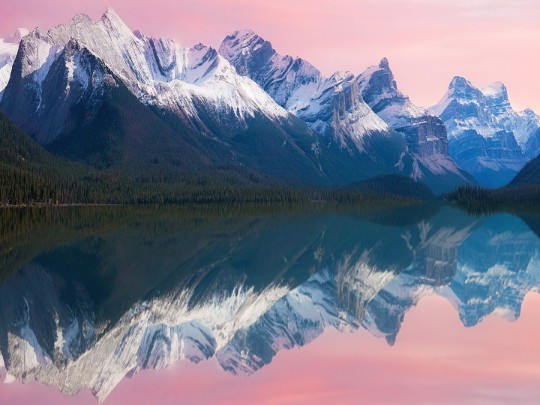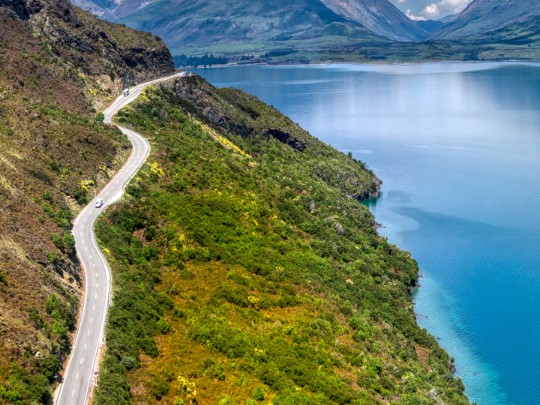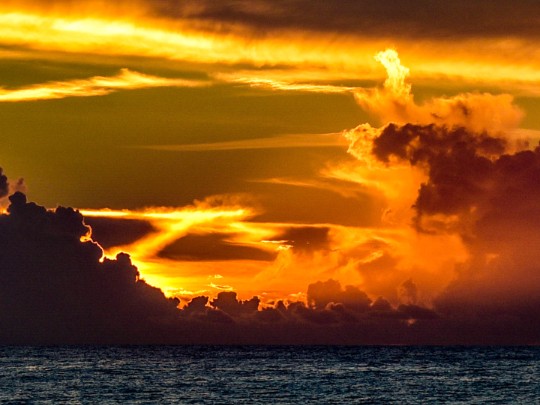South Africa's Winter Wonders: A Close-Up Look at Ice and Snow Textures
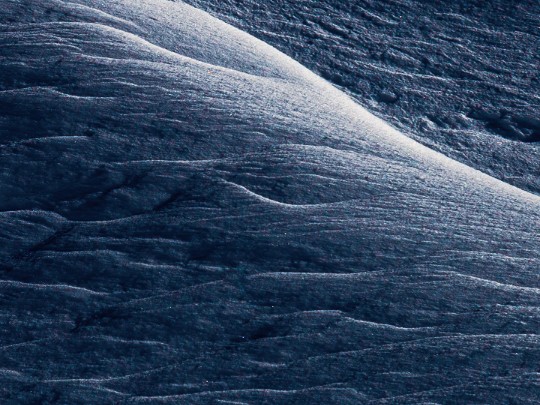
Winter in South Africa might not be synonymous with vast snowfields like you'd find in Europe or North America, but when it *does* snow, or when ice forms on our lakes and rivers, the textures that emerge are truly remarkable. From the delicate intricacies of a single snowflake to the shimmering expanse of a frozen dam, ice and snow offer a fascinating study in natural beauty and scientific wonder. Let's delve into the captivating world of these textures, exploring the factors that shape them and appreciating the unique landscapes they create.
The Science of Snow: More Than Just White Fluff
Most South Africans experience snow in the higher-altitude regions - the Drakensberg, the Western Cape mountains, and occasionally, even areas like Johannesburg. But did you know that no two snowflakes are exactly alike? This is due to the incredibly complex process of their formation. The temperature and humidity of the air play a crucial role. Colder, drier air typically produces powdery snow – ideal for skiing and snowboarding, but less visually striking up close. Warmer, more humid air can lead to wetter, heavier snow, sometimes even icy snow that packs down. The way snow settles and compacts also influences its texture, creating everything from a soft, fluffy blanket to a hard, crusty surface.
The Allure of Ice: From Crystal Clear to Opaque Beauty
Ice, of course, forms when water freezes. But the resulting texture is far from uniform. The rate of freezing has a huge impact. Slow freezing, often seen in lakes and dams, allows for the formation of larger, more visible crystals, and the ice can be remarkably clear, revealing the underwater landscape beneath. Rapid freezing, on the other hand, traps air bubbles, resulting in opaque, often bluish-white ice. You might notice interesting patterns and layers in ice, which are formed by changes in temperature and water composition during the freezing process. Think about the stunning ice formations that can appear on the surface of a dam during a particularly cold spell – a testament to the power of nature's artistry.
Exploring the Textures: A Photographer's and Nature Lover's Paradise
For photographers, the textures of ice and snow offer endless opportunities for stunning images. Close-up shots of snowflakes reveal intricate details invisible to the naked eye. The play of light on icy surfaces creates dazzling reflections and patterns. Even a simple photograph of a snow-covered landscape can be elevated by paying attention to the texture – the way the snow clings to branches, the ripples in a frozen lake, the contrast between the white snow and the dark earth.
Beyond photography, simply observing these textures can be a deeply rewarding experience. Take a moment to appreciate the fragility of a snowflake, the solidity of a block of ice, the way the landscape transforms under a blanket of snow. It's a reminder of the beauty and complexity of the natural world, and a chance to connect with the winter landscapes that South Africa occasionally offers.
Tips for Exploring Ice and Snow Textures Safely
- Be aware of weather conditions: Ice can be slippery, and snow can make visibility poor.
- Dress warmly: Layers are key to staying comfortable in cold temperatures.
- Respect the environment: Avoid damaging fragile ice formations or disturbing wildlife.

